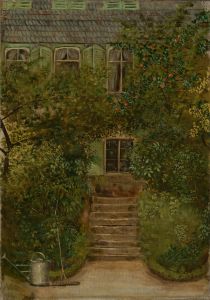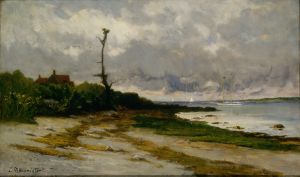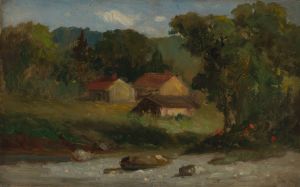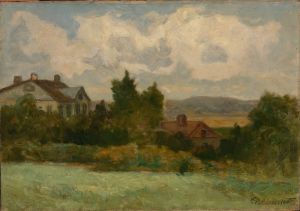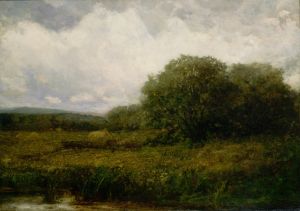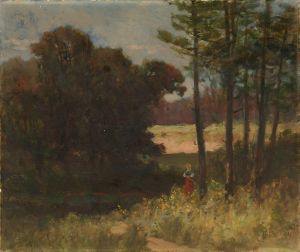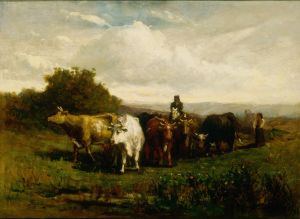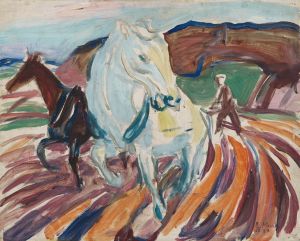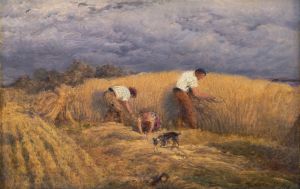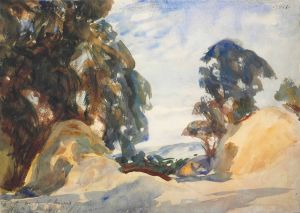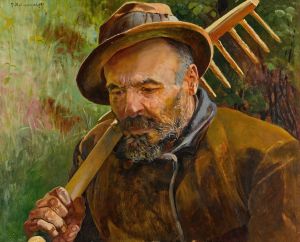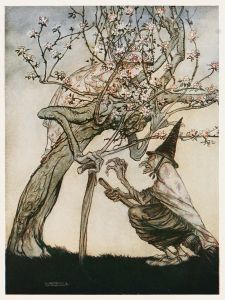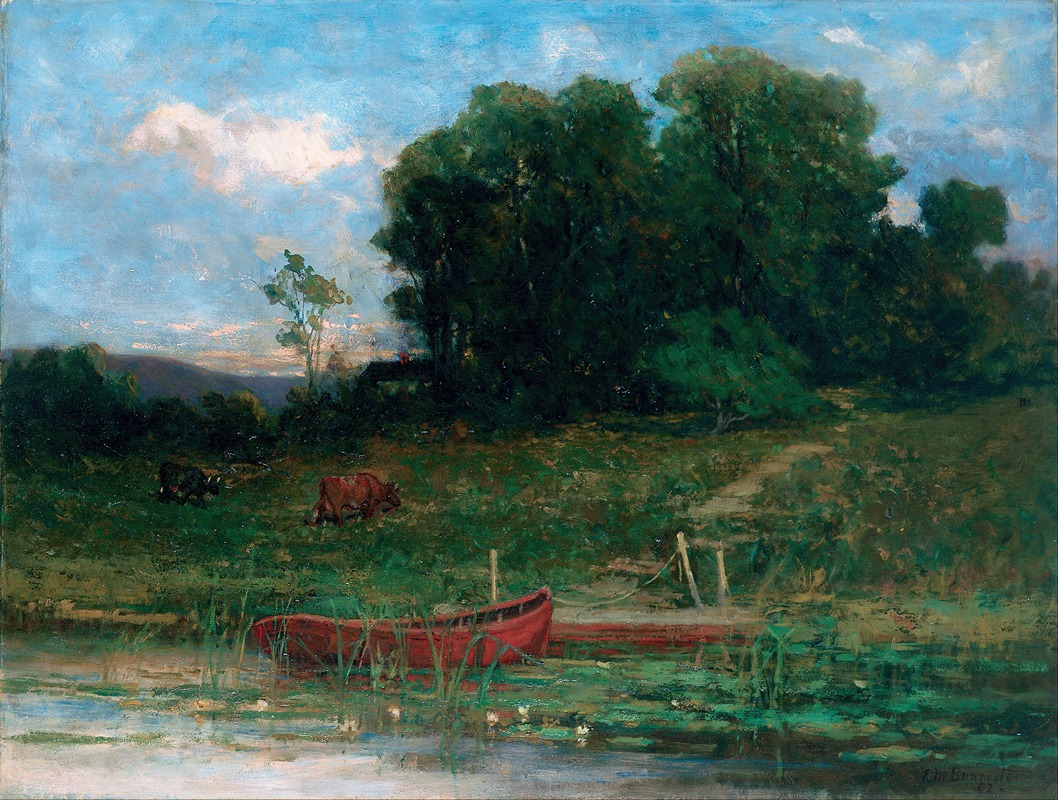
The Farm Landing
A hand-painted replica of Edward Mitchell Bannister’s masterpiece The Farm Landing, meticulously crafted by professional artists to capture the true essence of the original. Each piece is created with museum-quality canvas and rare mineral pigments, carefully painted by experienced artists with delicate brushstrokes and rich, layered colors to perfectly recreate the texture of the original artwork. Unlike machine-printed reproductions, this hand-painted version brings the painting to life, infused with the artist’s emotions and skill in every stroke. Whether for personal collection or home decoration, it instantly elevates the artistic atmosphere of any space.
Edward Mitchell Bannister was a notable African American artist in the 19th century, recognized for his contributions to the American art scene, particularly in the realm of landscape painting. His work, "The Farm Landing," exemplifies his adept skill in capturing the serene and pastoral beauty of rural landscapes, a subject matter that was central to his oeuvre.
Bannister was born in 1828 in St. Andrews, New Brunswick, Canada, and later moved to the United States, where he became an influential figure in the art community. Despite facing racial discrimination, he pursued his passion for art and became a prominent member of the Providence art community in Rhode Island. His dedication to his craft and his ability to convey the tranquility of nature through his paintings earned him respect and recognition during his lifetime.
"The Farm Landing" is a testament to Bannister's mastery of the landscape genre. Although specific details about the painting's creation date and its current location are not widely documented, it is known that Bannister's work often depicted the natural environment with a focus on light, atmosphere, and the harmonious relationship between land and sky. His technique was influenced by the Barbizon School, a movement that emphasized naturalism and the depiction of rural scenes, which was popular in France during the mid-19th century.
Bannister's landscapes are characterized by their soft, diffused light and a palette that captures the subtle variations of color found in nature. "The Farm Landing" likely features these elements, showcasing Bannister's ability to create a sense of depth and tranquility. His brushwork is often described as fluid and expressive, allowing him to convey the movement of clouds, the rustling of leaves, and the gentle flow of water with remarkable sensitivity.
Throughout his career, Bannister received several accolades, most notably winning a bronze medal at the 1876 Philadelphia Centennial Exposition for his painting "Under the Oaks." This achievement was significant, as it marked one of the first times an African American artist received such recognition at a major national exhibition. Despite the challenges he faced due to his race, Bannister's talent and perseverance allowed him to leave a lasting impact on the American art scene.
In summary, "The Farm Landing" by Edward Mitchell Bannister is an exemplary piece that reflects the artist's dedication to capturing the beauty of the natural world. While specific details about the painting may be limited, Bannister's legacy as a pioneering African American artist and his contributions to landscape painting remain influential. His work continues to be celebrated for its artistic merit and its role in challenging the racial barriers of his time.





